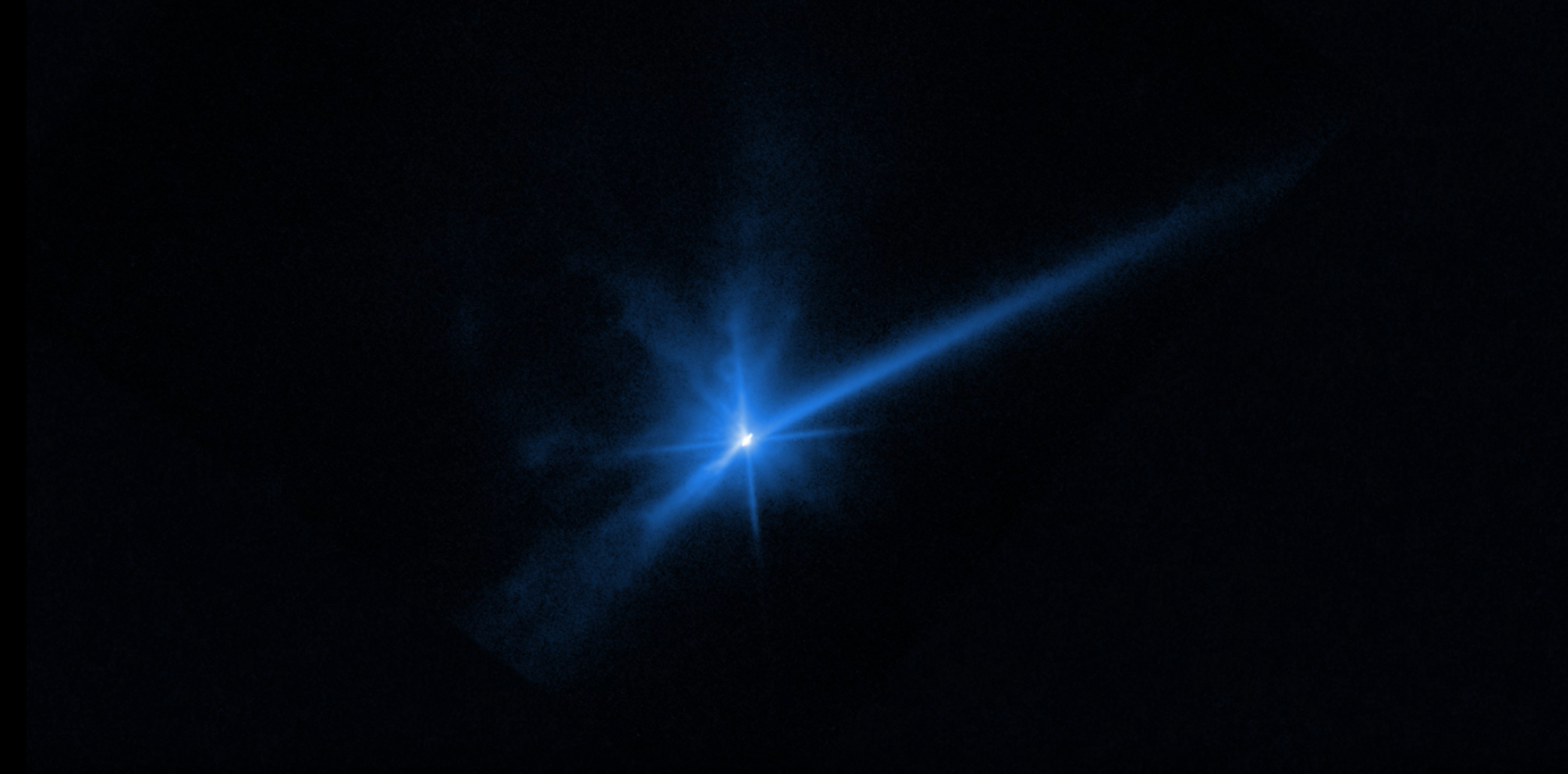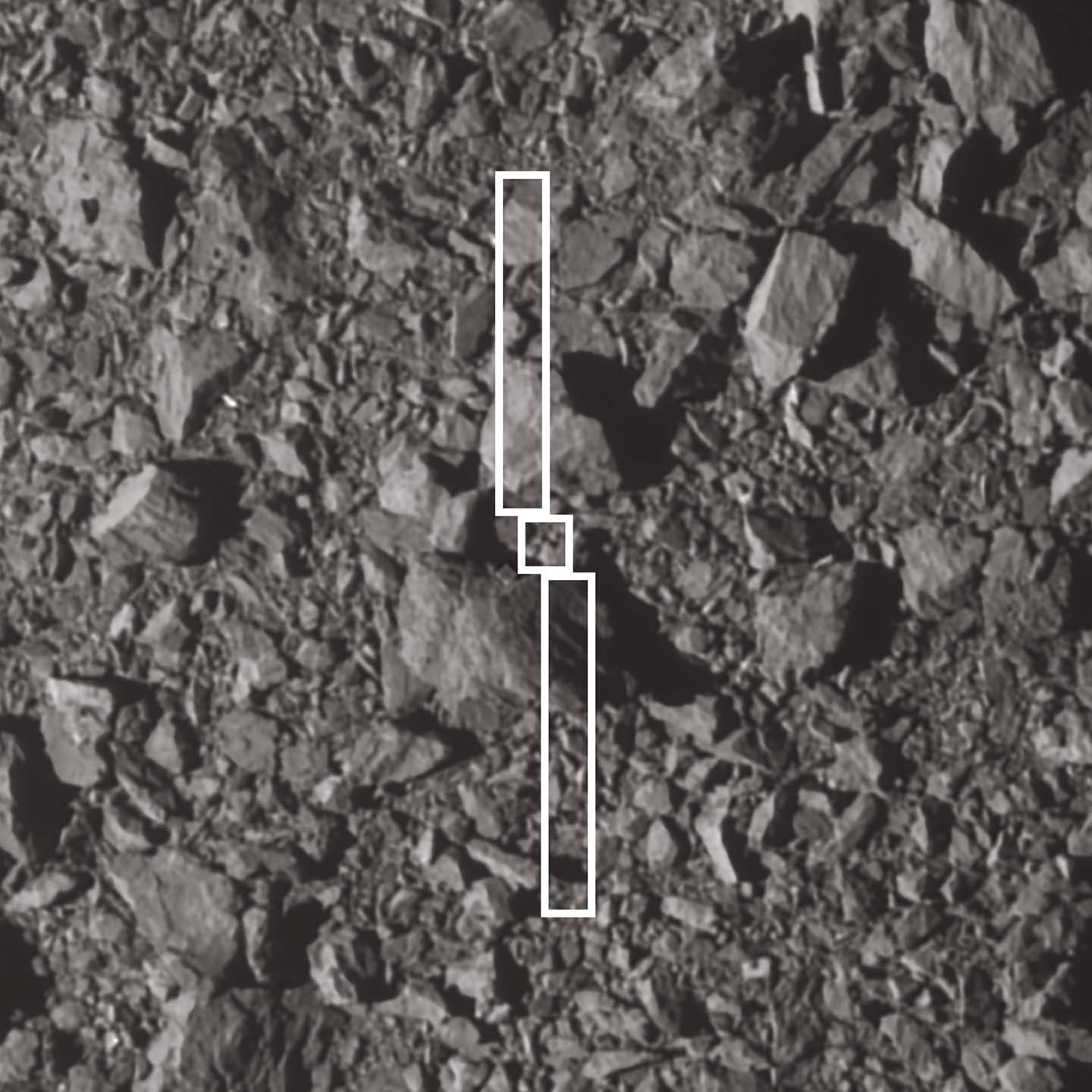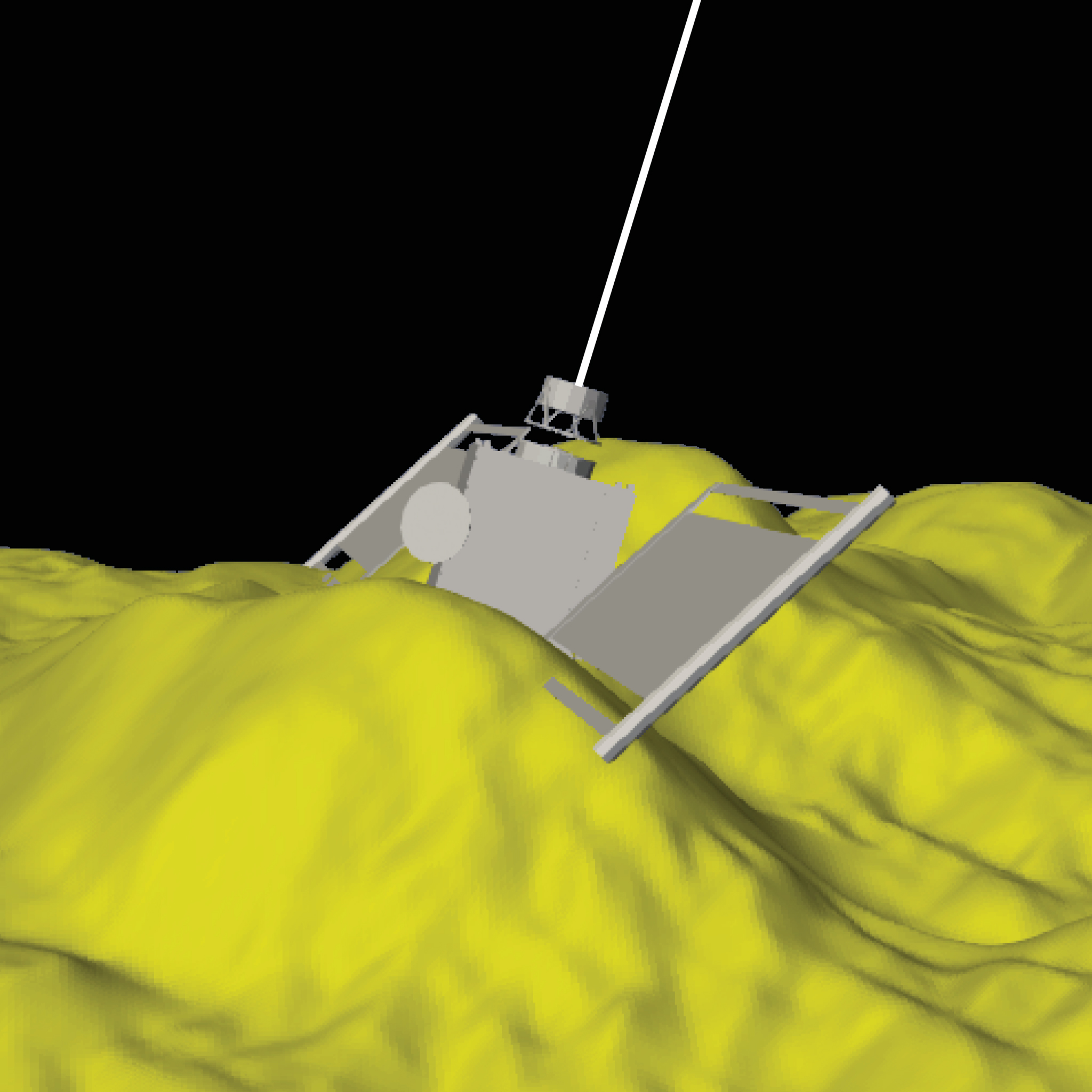The first paper reports DART’s successful demonstration of kinetic impactor technology in detail: reconstructing the impact itself, reporting the timeline leading up to impact, specifying in detail the location and nature of the impact site, and recording the size and shape of Dimorphos.
The authors, led by Terik Daly, Carolyn Ernst and Olivier Barnouin of APL, note DART’s successful autonomous targeting of a small asteroid, with limited prior knowledge, is a critical first step on the path to developing kinetic impactor technology as a viable operational capability for planetary defense.
Their findings show that intercepting an asteroid with a diameter of less than a kilometer, such as Dimorphos, can be achieved without an advance reconnaissance mission, although advance reconnaissance would give valuable information for planning and predicting the outcome. What is necessary is sufficient warning time — several years at a minimum, but preferably decades. “Nevertheless,” the authors state, DART’s success “builds optimism about humanity’s capacity to protect the Earth from an asteroid threat.”
In the second paper, using two independent approaches based on Earth-based light curve and radar observations, the investigation team, led by Cristina Thomas of Northern Arizona University, arrived at two consistent measurements of the period change from the kinetic impact: 33 minutes, plus or minus one minute. This large change indicates the recoil from material excavated from the asteroid and ejected into space by the impact (known as ejecta) contributed significant momentum change to the asteroid, beyond that of the DART spacecraft itself.
The key to kinetic impact is that the push to the asteroid comes not only from colliding spacecraft but also from this ejecta recoil. The authors conclude: “To serve as a proof-of-concept for the kinetic impactor technique of planetary defense, DART needed to demonstrate that an asteroid could be targeted during a high-speed encounter and that the target’s orbit could be changed. DART has successfully done both.”
In the third paper, the investigation team, led by Andrew Cheng of APL, calculated the momentum change transferred to the asteroid as a result of DART’s kinetic impact by studying the change in the orbital period of Dimorphos. They found that the impact caused an instantaneous slowing in Dimorphos’ speed along its orbit of about 2.7 millimeters per second — again indicating that the recoil from ejecta played a major role in amplifying the momentum change directly imparted to the asteroid by the spacecraft. That momentum change was amplified by a factor of 2.2 to 4.9 (depending on the mass of Dimorphos), indicating the momentum change transferred because of ejecta production significantly exceeded the momentum change from the DART spacecraft alone.
This finding “[validates] the effectiveness of kinetic impact for preventing future asteroid strikes on the Earth,” the authors conclude.
DART’s scientific value goes beyond validating kinetic impactor as a means of planetary defense. By smashing into Dimorphos, the mission has broken new ground in the study of asteroids. DART’s impact made Dimorphos an “active asteroid” — a space rock that orbits like an asteroid but has a tail of material like a comet — which is detailed in the fourth paper led by Jian-Yang Li of the Planetary Science Institute.
Although scientists had proposed that some active asteroids are the result of impact events, until now no one had ever observed the activation of an asteroid. The DART mission activated Dimorphos under precisely known and carefully observed impact conditions, enabling the detailed study of the formation of an active asteroid for the first time.
“DART, as a controlled, planetary-scale impact experiment, provides a detailed characterization of the target, the ejecta morphology and the entire ejecta evolution process,” the authors write. “DART will continue to be the model for studies of newly discovered asteroids that show activity caused by natural impacts.”


